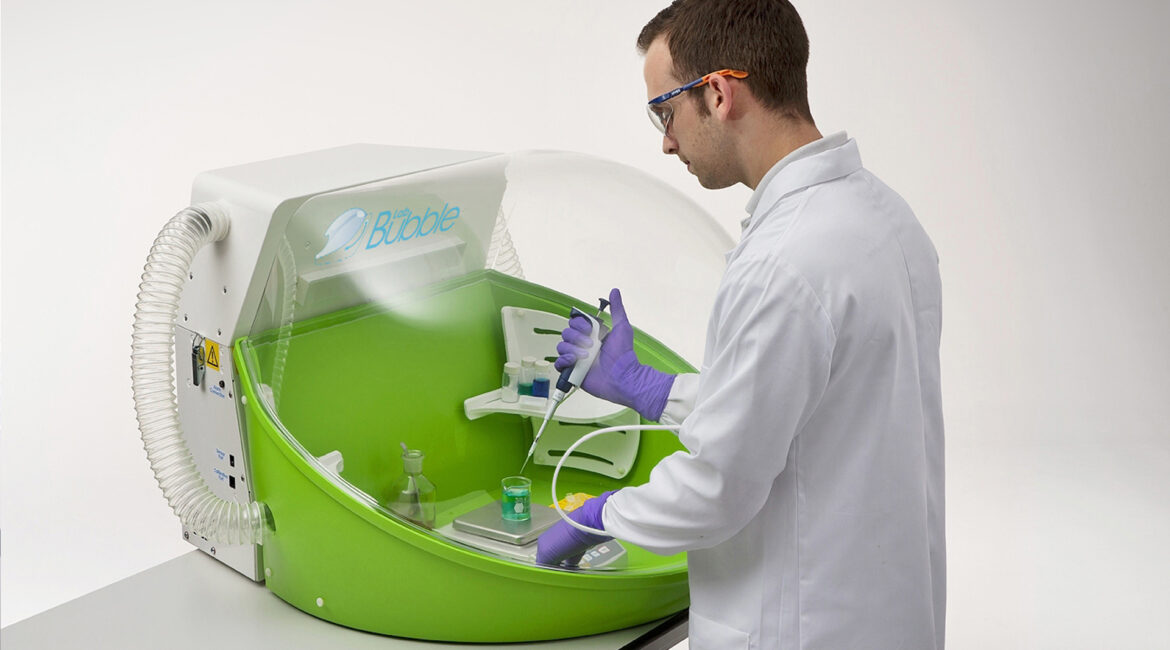Laminar flow is the flow of the entire body of air at the same speed and in the same direction. In this aspect, a laminar flow workstation is a carefully designed workstation that precisely directs filtered HEPA air. Many of these workstations provide protection against contamination of objects present in the area of activity. These workstations are mainly used to work with sensitive biological materials and content. The principle of laminar flow was first discovered in 1960; laminar flow workstations are used to move air safely through laboratory enclosures. They direct unrestricted airflow towards sterility, prevent contamination, and reduce potential turbulence.
Purpose of a Laminar Airflow Workstation
Laminar or PCR workstations have various applications in a laboratory setting, especially when clean and separate airflow is required for small items. An example of an airflow application is a particle sensitive electronic device. The laboratory use of the laminar workstation depends on special operations and is sometimes adapted to meet different requirements. These workstations are suitable for various applications such as in the medical, pharmacy, lab testing, electronic and industrial work sectors.
Benefits of Laminar Workstations
Although a laminar airflow workstation is beneficial due to its specialized function, nearly all workstations offer a few common benefits.
- Eco-Friendly Functioning
One of the main advantages of PCR workstations is that they’re environmentally friendly. These airflow workstations recycle ambient air while eliminating pollution. In simple terms, the air inside the laboratory does not go outside. Then when the PCR workstation filters are no longer useful, they can be disposed of in landfills.
- Economical
A laminar airflow workstation is an airflow unit with minimum maintenance requirements. Every so often it needs its filter replaced, and apart from the installation expense, is an inexpensive piece of laboratory equipment without annual maintenance costs. There is a minimum cost associated with their transportation and installation on conduits and chimneys.
- Portable
Another advantage of the laminar workstation is that it is a portable device without external connections, with the exception of power cords. This allows easy access to the device from anywhere in the building. Mobile workstations can be moved from one place to another without HVAC systems for any reason.
- Safety Checks
PCR workstations check for carbon and gas emissions or saturation. The audible alarms present on monitoring dashboards will notify the people in the room if there is any breach of safety standards.
Types of Airflow Workstations
There are two types of laminar flow workstations, as explained below.
- Horizontal Airflow Workstation
Horizontal airflow workstations move the air from that’s in the back to the front where work is being conducted. A continuous supply of air in this chamber protects the content present inside.
- Vertical Airflow Workstation
Vertical airflow workstations operate with the same principle as horizontal workstations, but the air is directed downward vertically over the area of activity. There are holes present along the base that allows air to escape the area; these workstations provide excellent protection for operators.
Lorem ipsum dolor sit amet, consectetur adipiscing elit. Ut elit tellus, luctus nec ullamcorper mattis, pulvinar dapibus leo.

